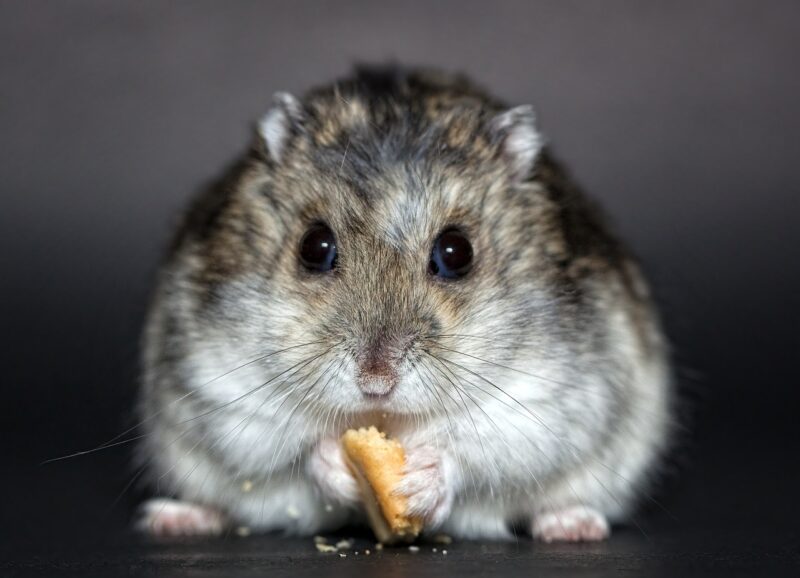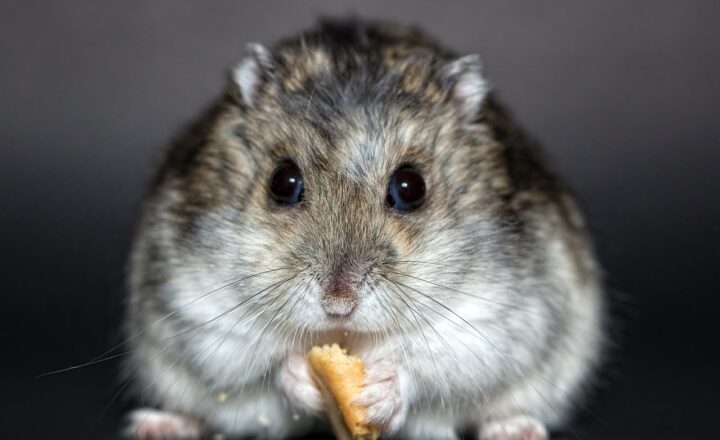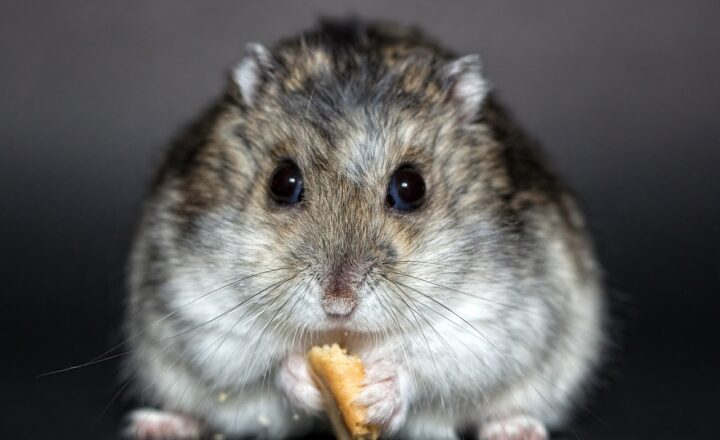Everything You Need to Know About Hamsters as Pets: Care Tips, Housing, and Common Mistakes to Avoid
November 13, 2024

Hamsters have become one of the most popular pets around the world, especially for first-time pet owners. Their small size, charming behaviors, and relatively low maintenance levels make them appealing companions. However, it’s essential to understand their needs and requirements to ensure a happy, healthy life for your furry friend.
In this comprehensive guide, we’ll explore everything you need to know about hamsters, including care tips, suitable housing, dietary requirements, and common mistakes owners make. By equipping yourself with the right knowledge, you’ll be prepared to provide the best possible environment for your hamster.
1. Understanding Hamster Types
Hamsters belong to the family Cricetidae and are small rodents. There are several species of hamsters commonly kept as pets, including:
- Syrian Hamsters: Also known as golden hamsters, these are the most popular type kept as pets. They’re larger and can be quite affectionate but need to be housed alone due to their territorial nature.
- Dwarf Hamsters: This includes the Campbell’s dwarf hamster, Winter White dwarf hamster, and Russian dwarf hamster. They tend to be smaller and can often be kept in pairs or groups if introduced properly.
- Roborovski Hamsters: The smallest of the pet hamsters, Roborovski hamsters are active and friendly but can be quick and tricky to handle. They thrive in groups but require extra space to scurry around.
Choosing the right type of hamster for your home is crucial, as their personalities and care needs can vary significantly depending on the species.
2. Creating the Perfect Home for Your Hamster
A well-designed habitat is essential for your hamster’s well-being. Here are some key elements to consider when setting up their home:
- Cage Size: The cage should be spacious, allowing plenty of room for exploration and exercise. A cage size of at least 24 inches long and 12 inches wide is a good starting point for a Syrian hamster, whereas dwarf hamsters can manage with slightly smaller dimensions. The more space, the better for their physical health.
- Bedding: Provide a comfortable layer of bedding material such as paper-based bedding or aspen shavings. Avoid cedar or pine shavings, as they can be harmful to their respiratory systems. Ensure the bedding is deep enough for burrowing, as hamsters love to dig and nest.
- Enrichment & Accessories: Include a variety of toys and tunnels to stimulate their curiosity and playfulness. Items like hamster wheels, chew toys, and hideouts encourage exercise and mental enrichment, reducing the likelihood of boredom and stress.
- Temperature & Location: Hamsters are sensitive to temperature changes. Locate the cage in a cool area away from direct sunlight or drafts. The ideal temperature range is between 65°F to 75°F (18°C to 24°C).
Creating a safe and engaging environment for your hamster fosters a strong sense of security and happiness.
3. Hamster Diet: What to Feed Your Pet
Providing a balanced diet is critical for your hamster’s health. They are omnivores, which means their diet should consist of:
- Pelleted Food: Commercially available hamster pellets provide a balanced nutritional base. Aim for a high-quality brand with the appropriate ingredients for your hamster’s age and species.
- Fresh Veggies: Occasionally offer small portions of fresh vegetables like carrots, broccoli, or cucumber. Make sure to introduce new foods slowly, and avoid starchy or citrus vegetables, as they can upset their stomachs.
- Fruits & Treats: Offer fruits sparingly as occasional treats due to their high sugar content. Examples include apples (seedless) and bananas. Always monitor how much your hamster consumes to avoid obesity.
- Fresh Water: Provide constant access to clean, fresh water. Change it daily and ensure the water bottle is functioning properly to prevent dehydration.
Being proactive about their diet contributes to a long and healthy life for your pet hamster.
4. Hamster Care: Daily, Weekly, and Monthly Tasks
Maintaining a hamster is a commitment. Here’s a breakdown of care tasks:
- Daily Care: Check food and water levels, clean up any waste from the cage, and spend time interacting with your hamster to build trust and companionship.
- Weekly Care: Spot clean the cage, replacing contaminated bedding and refreshing nesting materials. Ensure that toys and accessories are in good condition and replace any damaged items.
- Monthly Care: Conduct a more thorough cleaning of the cage, including washing the cage structure with mild soap and water. Inspect your hamster for any signs of illness, such as weight loss or lethargy, and consult a veterinarian if needed.
Staying consistent with care routines helps keep your hamster happy and healthy.
5. Common Mistakes to Avoid as a Hamster Owner
Even the most well-meaning pet owners can make mistakes when it comes to hamster care. To avoid potential pitfalls, consider the following:
- 1. Overcrowding the Cage: Avoid placing too many accessories in their habitat, as it may restrict their space and lead to stress. Ensure they have plenty of room to move and explore.
- 2. Ignoring Signs of Illness: Keep an eye out for changes in behavior, appetite, or appearance. Early detection of health issues can significantly improve treatment outcomes.
- 3. Feeding Incorrectly: Do not overfeed your hamster or offer inappropriate foods. Stick to hamster-specific pellets and fresh veggies while limiting high-sugar snacks.
- 4. Inadequate Socialization: Spend time with your hamster daily to prevent loneliness and help them bond with you. Proper socialization leads to a more well-adjusted pet.
- 5. Neglecting Cage Maintenance: Regular cleaning is necessary to prevent odors and bacteria buildup. A clean habitat promotes good health and well-being for your hamster.
By recognizing and avoiding these common mistakes, you can greatly improve your hamster’s quality of life.
6. Conclusion
Hamsters can be delightful pets that provide companionship and joy with the right understanding and care. By familiarizing yourself with their needs, creating an engaging habitat, and avoiding common pitfalls, you will ensure a happy, healthy life for your hamster. Remember that every pet is unique, so observe and adapt to your hamster’s personality to create the best living environment possible.
If you’re ready to take on the responsibility of a hamster, embrace the experience — you will find the journey rewarding and filled with delightful surprises.






